Seafood Market in China, What are The Best Distribution Options?
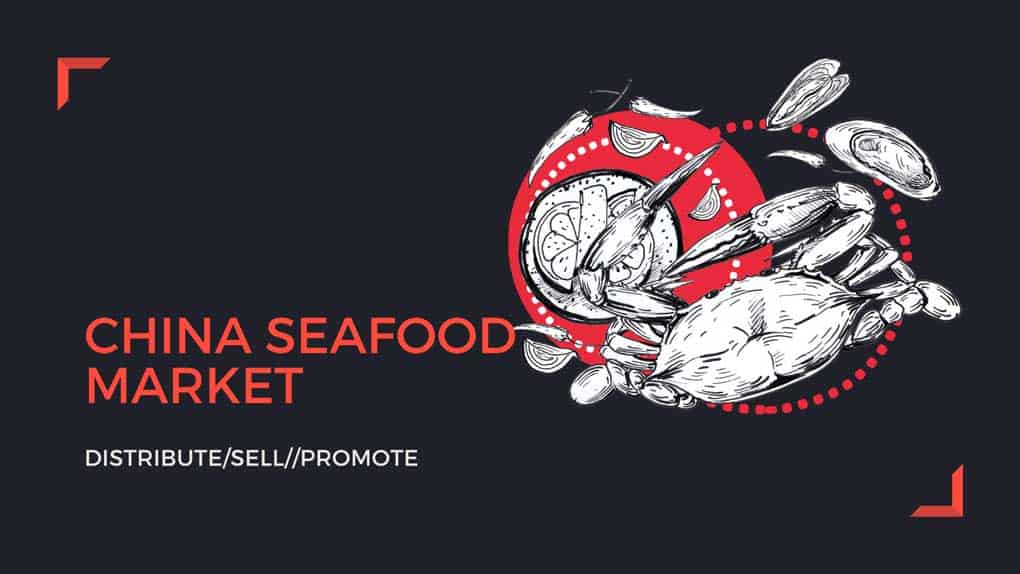
China’s seafood market is large and dynamic, essential to the country’s cuisine and culture. Seafood symbolizes wealth and health, and it’s a key part of celebrations. Therefore, seafood is treated as a premium product, and Chinese consumers are vying for imported options, that are believed to be of better quality.
The tastes of Chinese consumers are diverse and influenced by local flavors and traditions. Whether it’s in lively local markets or upscale restaurants, seafood’s popularity is widespread.
Cost-Effective Agency
KPI and Results focused. We are the most visible Marketing Agency for China. Not because of huge spending but because of our SMART Strategies. Let us help you with: E-Commerce, Search Engine Optimization, Advertising, Weibo, WeChat, WeChat Store & PR.
This article will examine how seafood gets from ocean to plate in China. We’ll look at the various distribution options, from traditional to modern digital approaches, and provide insights for businesses looking to enter this thriving market.
China’s Seafood Market Overview
China’s urbanization programs – a popular government tool to drive economic growth – suggest that more than 200 million rural Chinese will live in cities by 2023. This will create a lot of demand for food and other goods. The rise in urbanization has resulted in a significant increase in the consumption of packaged and convenience foodstuffs. However, Chinese savings rates are quite high by Western standards.
China has rapidly become the second-largest destination for Canadian lobster.
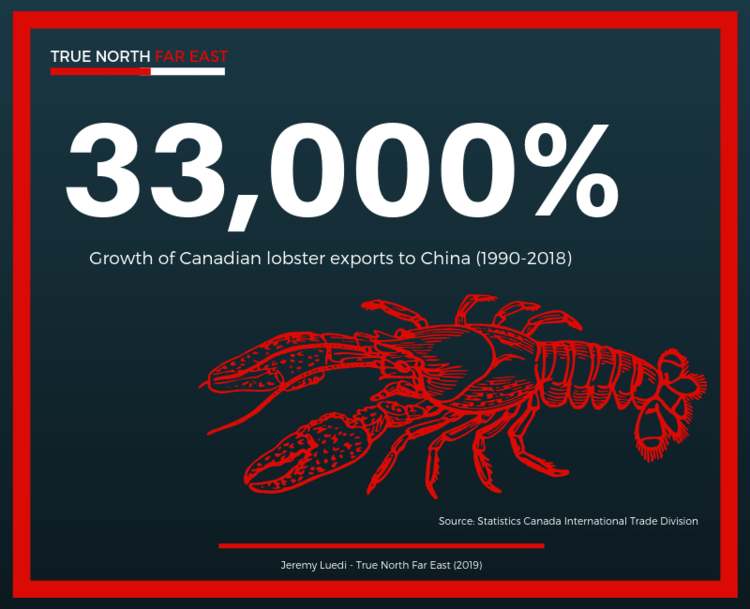
In 2023, the revenue in the fish and seafood sector reached $88.09 billion, with an expected annual growth of 8.06% (2023-2028). China is in fact the biggest market in the world when it comes to fish and seafood, with an average of 2.9kg per person consumed.
The majority of seafood is purchased by people between 25-34 years old (41%) and those between 35-44 years old (31%). More than 90% of seafood and fish are sold offline, in local markets and supermarkets.
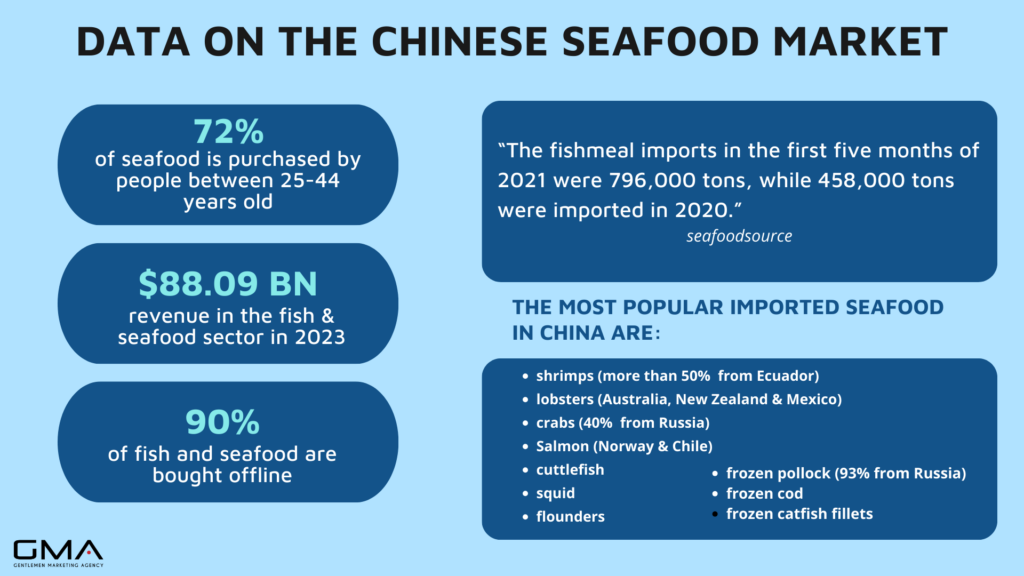
China is also one of the biggest consumers of global seafood. In the 1990s, its import of fish products rose to a staggering 500%. The main countries it gets seafood from include Russia, Ecuador, India, and Canada, among other nations. China will account for approximately 38% of global seafood consumption by 2030.
China seafood economy: premium lifestyle
China’s seafood economy is huge and growing and is more dynamic than many people think. Seafood is a premium product, and the Chinese love to eat well, eat healthily, and show their wealth.
Look what results we have when we search Seafood in Chinese on Baidu (Chinese Google)
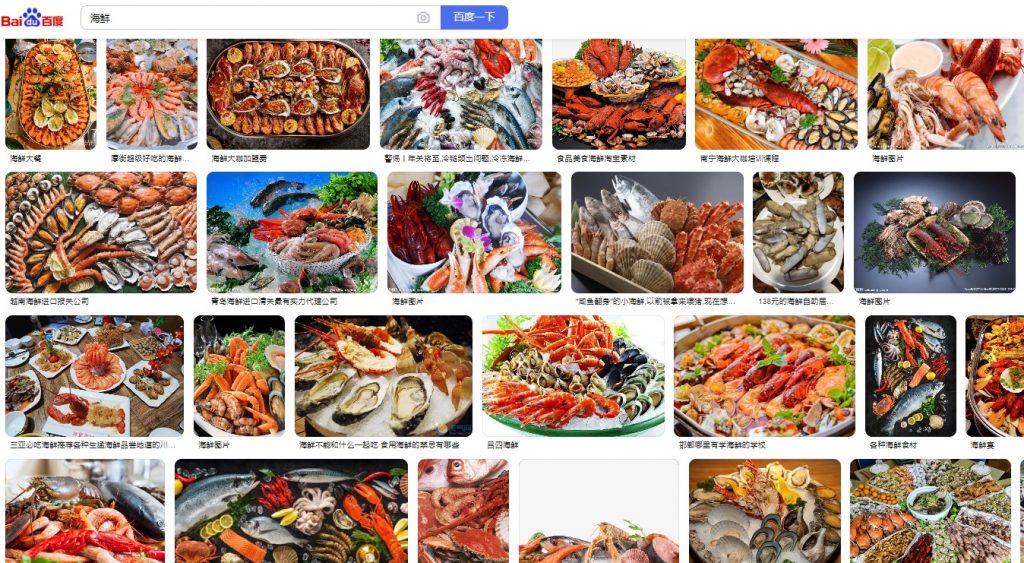
Chinese Girls love to post pictures of themselves eating seafood on Social media:

Seafood is still considered a premium dish (like in many countries in Europe etc.) and Chinese people like to show off by posting such content on social media. Inviting people to a seafood restaurant is also considered a luxurious experience.
Consumer preferences and regional variations
Chinese consumers have specific tastes and preferences when it comes to seafood, which often follow national trends and reflect regional culinary traditions. Preferences can range from the type of seafood to how it’s prepared and presented.
Different regions in China have their unique seafood consumption patterns. Coastal areas may prefer fresh, live seafood, while inland regions might consume more preserved or frozen varieties. These regional variations are important for distributors to consider when targeting different markets.
Additionally, there’s a growing awareness among Chinese consumers about the health benefits and sustainability of the seafood they eat. Many now look for seafood that is not only delicious but also safe, ethically sourced, and environmentally friendly. This shift in consumer consciousness is shaping the market and influencing how businesses approach distribution and marketing.
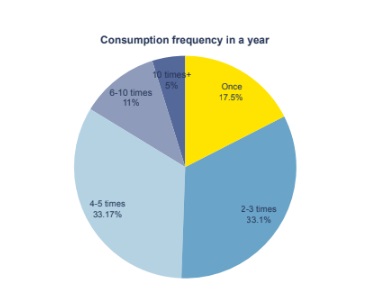
Strategies for Effective Seafood Distribution in China
Identifying and Partnering with Key Distribution Players
Success in China’s seafood market begins with strategic partnerships. Engage with wholesale distributors who have a strong network and can offer insights into local market dynamics. Selecting the right retail partners is also critical for placing your products in outlets where they’ll be appreciated. Additionally, creating ties with food service and hospitality industries can introduce your products directly to consumers’ plates, providing invaluable exposure.
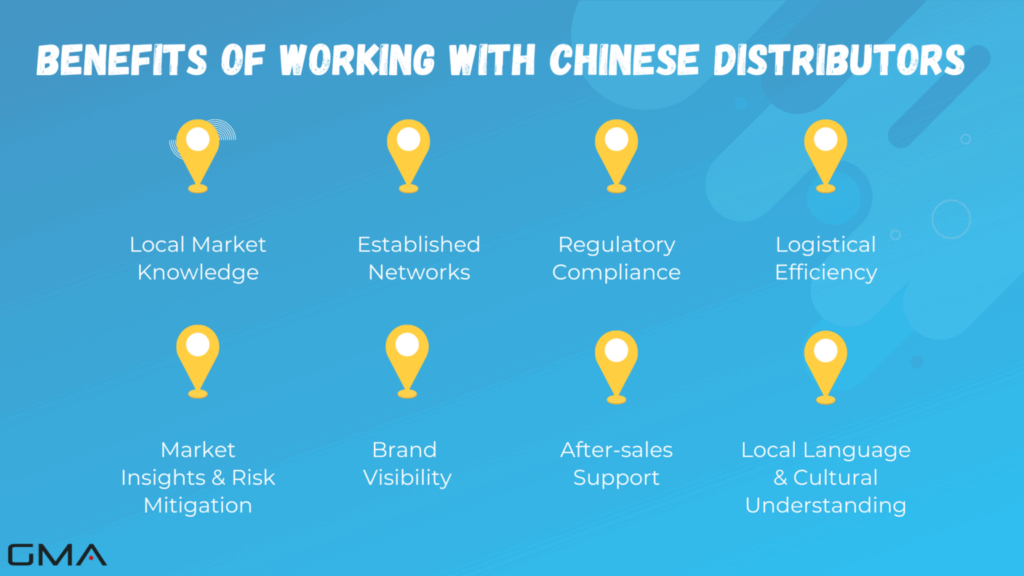
Leveraging E-commerce and Digital Platforms
E-commerce in China is more than a sales channel; it’s a crucial touchpoint for customer interaction. Businesses should ensure their online storefronts are easy to navigate and mobile-friendly, considering the high mobile usage rates in China.
Utilizing e-commerce analytics tools allows for a better understanding of consumer buying patterns, thus enabling more personalized marketing efforts. Active engagement on social media platforms like Weibo and WeChat can also enhance customer relationships and drive brand loyalty.
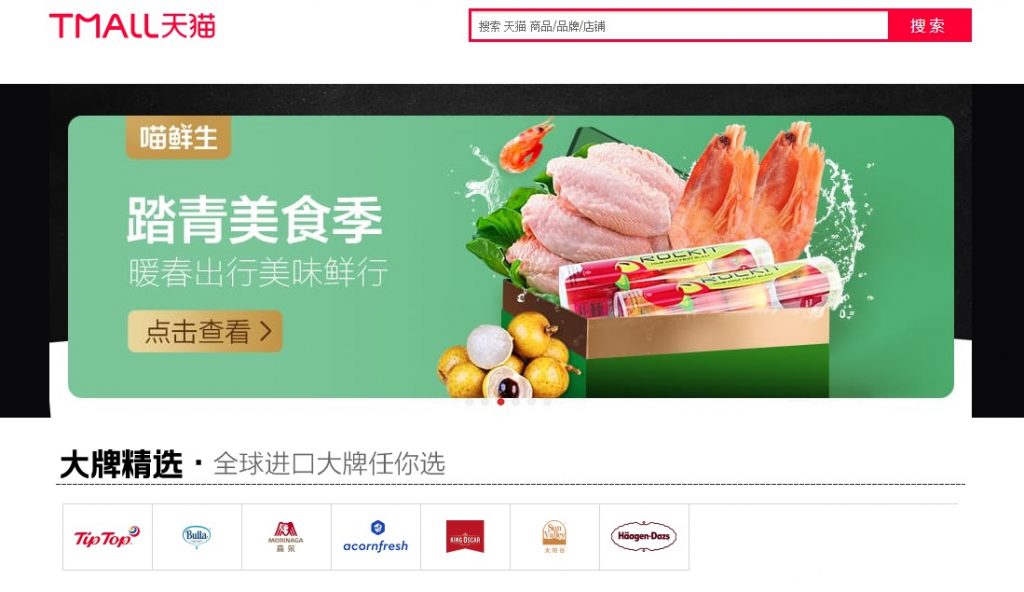
Investing in Marketing and Brand Positioning
Investing in a marketing strategy that aligns with Chinese culture and consumer behavior is essential. This includes understanding the nuances of regional preferences and utilizing various advertising mediums, from traditional billboards to digital ads targeted through social media. Developing branding strategies that connect with Chinese values and consumer aspirations can foster a deeper connection with the market.
Customization of Product Offerings
Customizing your offerings involves more than just tailoring flavors; it’s about aligning your products with the cultural and regional palate. It also means staying ahead of market trends and being ready to introduce new products that meet emerging demands. Moreover, taking note of seasonal peaks and planning for festival-related surges in consumption can ensure that your product is a top choice when demand spikes.
Focusing on Quality Control and Packaging
Quality is non-negotiable in China’s seafood market. Implementing stringent quality control processes and maintaining a robust cold chain are necessary to keep products fresh. Packaging should not only preserve freshness but also be eye-catching and culturally resonant to stand out in a crowded marketplace. Certifications of quality can further reassure consumers about the safety and excellence of your products.
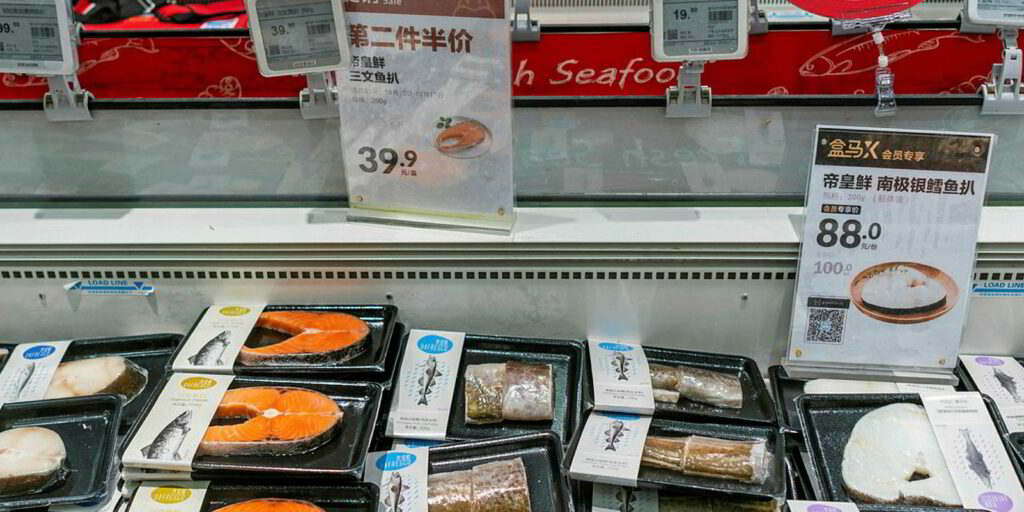
Enhancing Sales and Distribution Networks
To increase sales, it’s important to look at expanding your retail footprint and optimizing your distribution channels. Building a stronger direct-to-consumer channel can offer better margins and a direct feedback loop from your customers. Additionally, exploring opportunities in cross-border e-commerce can open up international avenues, allowing you to cater to the Chinese diaspora and other markets interested in high-quality seafood products.
GMA Seafood Case Study: True North
True North is a prime example of a seafood brand that has successfully navigated the complex currents of China’s market. This Canadian seafood company, known for its sustainably sourced and premium-quality products, entered the Chinese market with a clear strategy that hinged on transparency and quality. They positioned themselves not just as a food provider, but as a brand committed to environmental stewardship and the health benefits of seafood.
Their approach in China was multifaceted. True North built relationships with top-tier distributors who understood the premium segment of the market. They prioritized partnerships with high-end restaurants and hotels, which helped position their seafood as a luxury experience rather than just a commodity.
Recognizing the power of online sales in China, True North established a robust e-commerce presence. They engaged with consumers on popular platforms such as Tmall and JD.com, leveraging the trust these platforms have among Chinese consumers. By sharing their story of sustainability and quality, they cultivated a brand image that resonated with health-conscious and environmentally aware customers.
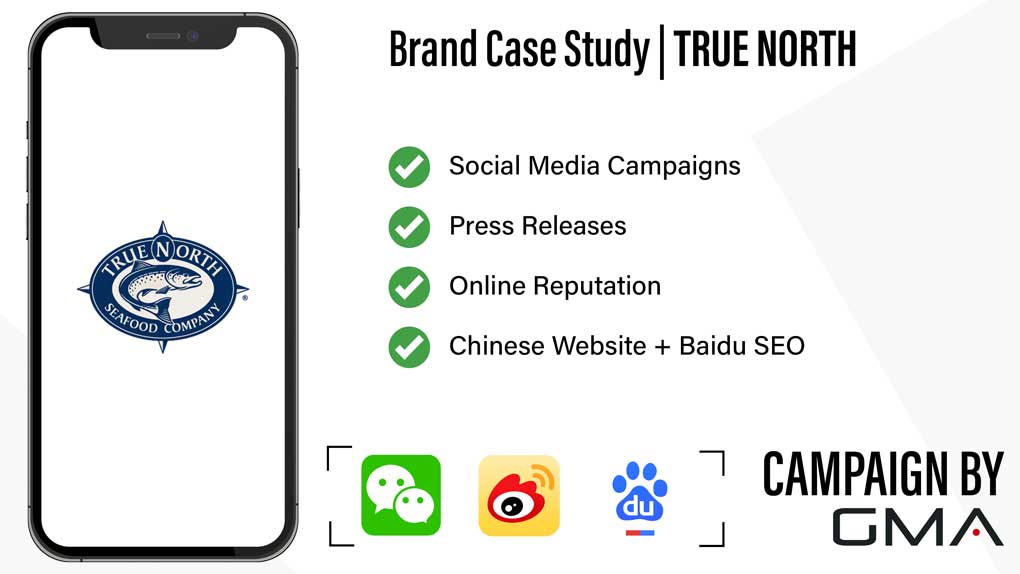
True North also took their branding efforts offline, participating in food expos and trade shows to increase visibility. They made sure their packaging stood out on the shelves, with clear labeling in Mandarin that highlighted the origin and quality of their seafood, and they implemented QR codes that allowed consumers to trace the product journey from ocean to table.
The company’s efforts paid off. True North didn’t just sell seafood; they sold a promise of purity and sustainability that appealed to Chinese consumers’ growing appetite for responsible and health-conscious eating. Their success serves as a case study for international seafood brands aiming to enter and thrive in the Chinese marketplace.
Unlock the Vast Potential of China’s Seafood Market
Embarking on your venture into the dynamic Chinese seafood market? Partner with Gentlemen Marketing Agency, where our deep understanding of the local market nuances, consumer behavior, and digital landscape can propel your brand to new heights.
Why Choose Gentlemen Marketing Agency?
- Proven Expertise: We’ve successfully guided brands like True North, navigating the complexities of the Chinese market with finesse.
- Cultural Insight: Our strategies are steeped in cultural intelligence, ensuring your brand resonates with Chinese consumers.
- Digital Savvy: With China’s digital ecosystem at our fingertips, we’ll optimize your online presence, from e-commerce platforms to social media buzz.

Our Services Include:
- Market Entry Strategy: Tailored plans to introduce and establish your seafood brand in China.
- E-commerce Optimization: Full setup and management of your storefronts on China’s leading e-commerce platforms.
- Digital Marketing: Crafting campaigns that engage and convert, utilizing the latest in analytics and trends.
- Brand Positioning: Developing a brand story that aligns with Chinese values and market demand.
- Quality Partnerships: Connection with the right distributors, retailers, and foodservice partners.
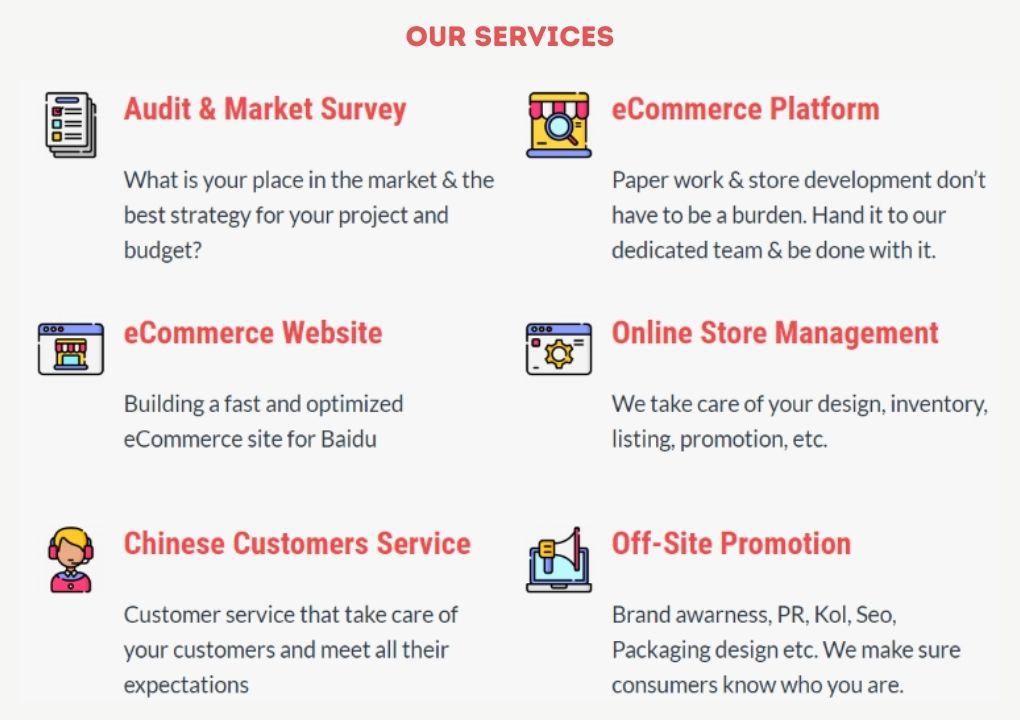
Let’s navigate the currents of China’s seafood market together and make your brand the catch of the day. Reach out to Gentlemen Marketing Agency, and let’s set sail towards success!


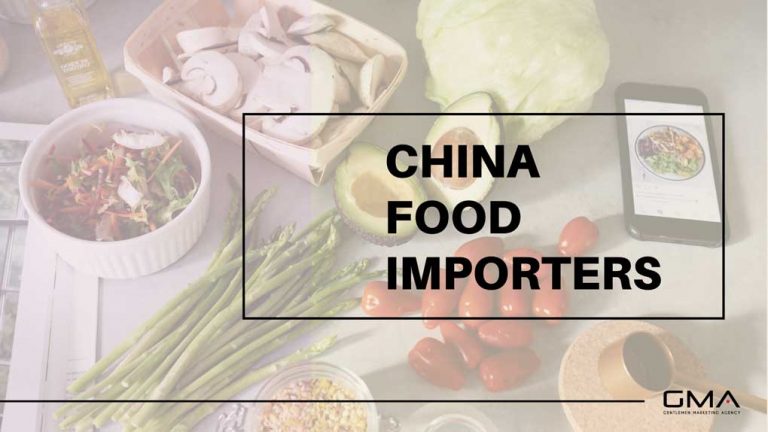


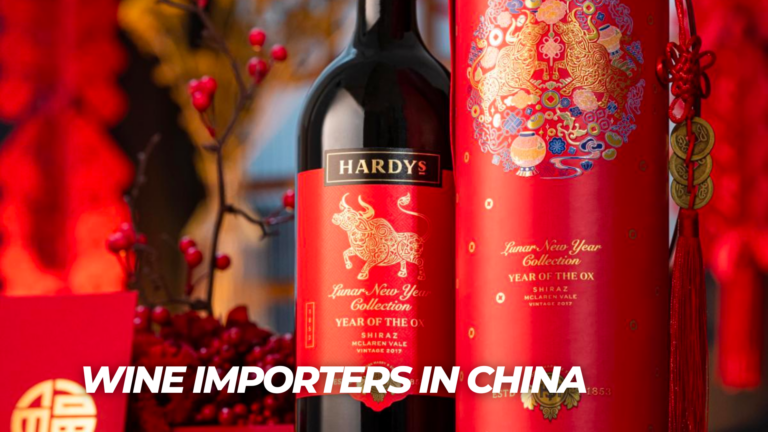
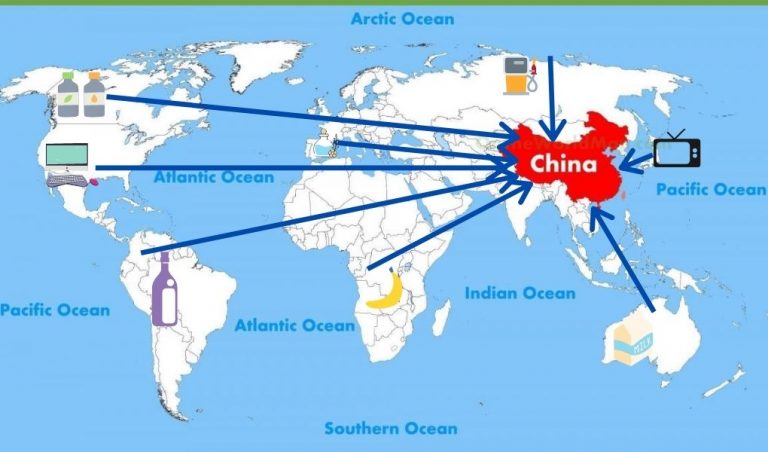

Hello
We are Shanghai Nong Gong Shang Supermarket Co., Ltd. and we are searching to directly import seafood from trustable countries and firm.
We will only deal with Factory with all document need, experience in export and with a label or brand